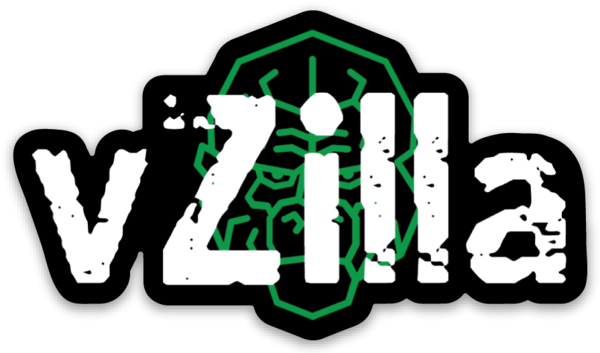
I have been meaning to get to this little project for a while, and here we are. You can find a link to the site below, I like this initial in your face message though, this tells me that this tool is going to tell me something about my Kubernetes cluster that I didn’t know, for the record I am going to download and run this on my home lab cluster and see what we get. This is not a production cluster!
So what is it…
KubeBuddy powered by KubeDeck helps you monitor, analyze, and report on your Kubernetes environments with ease. Whether you’re tracking cluster health, reviewing security configurations, or troubleshooting workloads, KubeBuddy provides structured insights.

Lets get started
Suspiciously this Kubernetes tool is built using PowerShell, I don’t think I can name another tool with this characteristic?
Luckily, PowerShell is now available cross platform, I am using a Mac so as part of this getting started we will also be getting PowerShell installed via brew.
brew install powershell
Other installation steps can be found in the usage section of the page link above. Ok, Good stuff we have our PowerShell installed and we can use
Install-Module -Name KubeBuddy -Scope CurrentUser

Also from the above we can see the way in which we can start playing with KubeBuddy is by starting with the
We can then also use

Are we ready to find out something we didn’t know about our cluster?
As you can see it was pretty easy to run against my Kubernetes cluster, I am running a Talos cluster, which is designed to be very minimum and extremely secure so there might be some things reported that are related this.
The Output
As you can see from the end of the video above, we have an output. For this output we chose html but you can get JSON and have seen in the report a save to pdf feature as well.
Here is the html output, I am not going to get into the issues its found, maybe that is a follow up but I think its great that we get a lot of detail without a lot of effort, the tool has taken away the having to search and find this.
Navigation along the top allows you to dive into each of those areas and display warnings and errors found in those specifics.

When we scroll down we see some more detail about the cluster, even for home lab 20 Critical seems like something we should investigate further.

Finally, on this initial page we see some information about resources and cluster events, not much going on in the lab right now or something not being picked up is my suspicion here.

As you then go across the tabs at the top you can get more granular detail on each area, all tabs have this similar layout, the initial Total of resources and those with issues then some recommendations and some findings. Again useful as to find this using

My Thoughts?
This was a very quick overview of this little tool, I am intrigued by the PowerShell, I am intrigued by how this can be progressed and the future of the project and where it can go and highlight.
